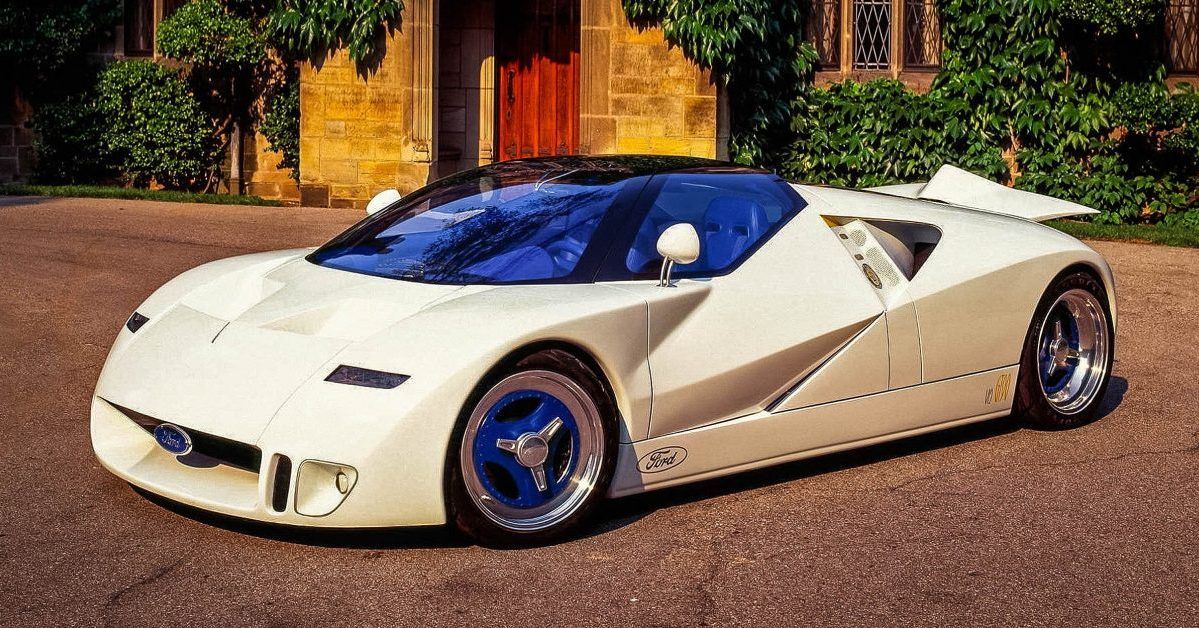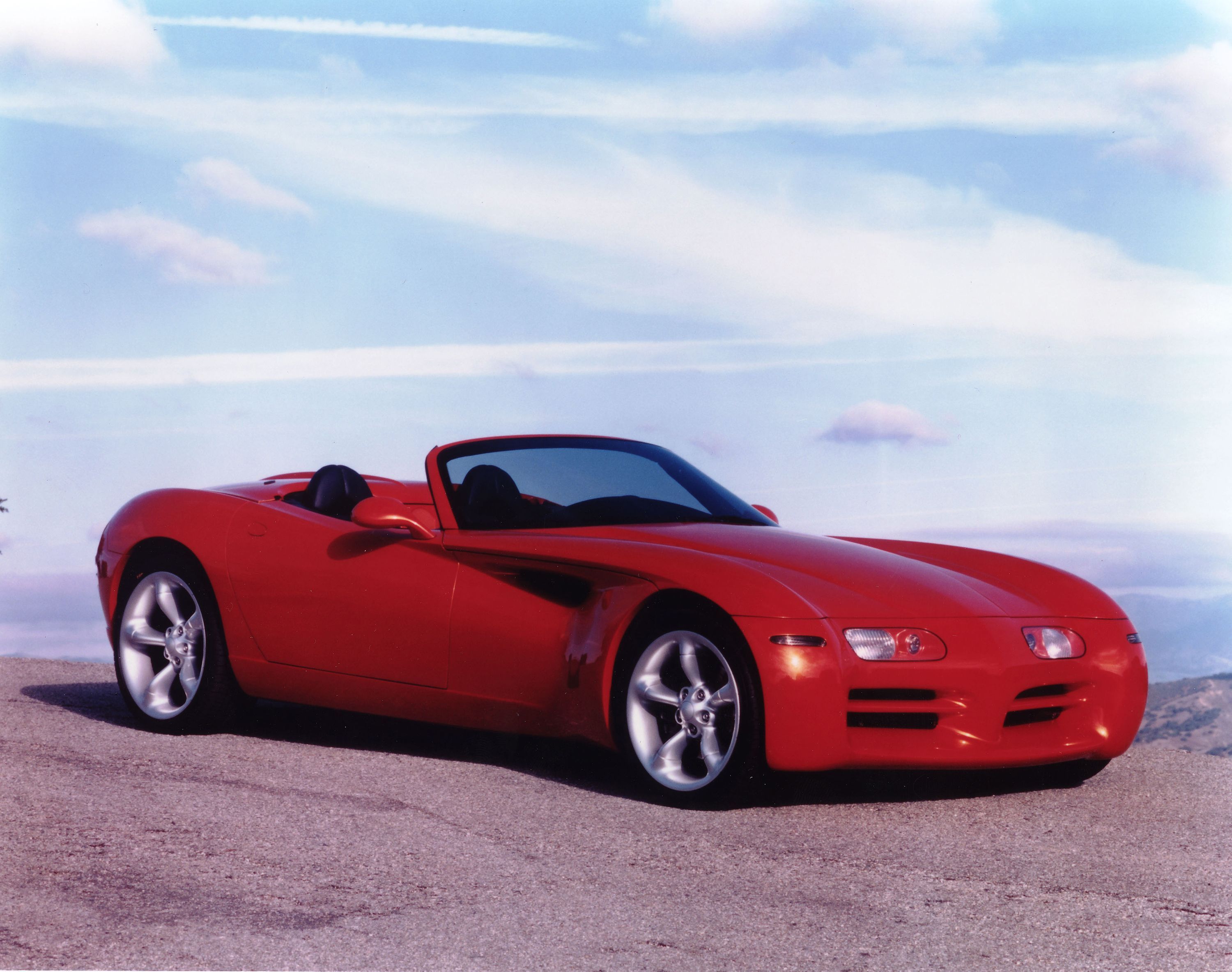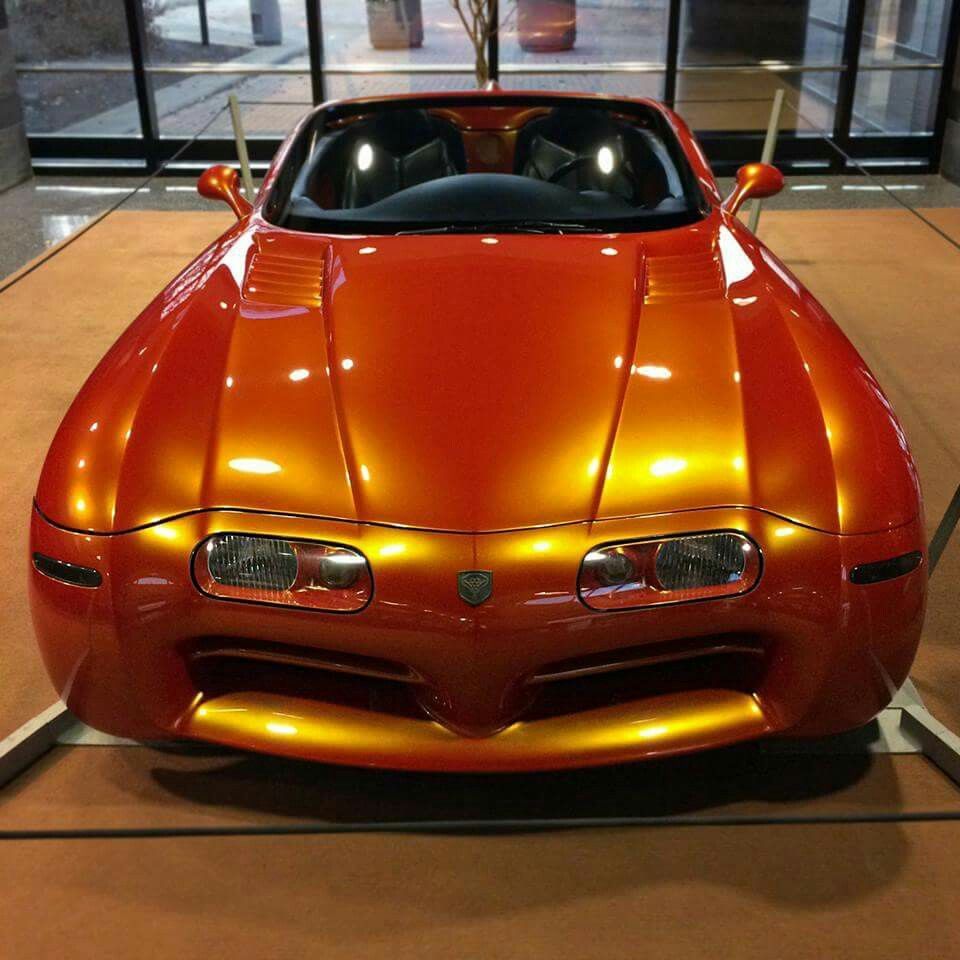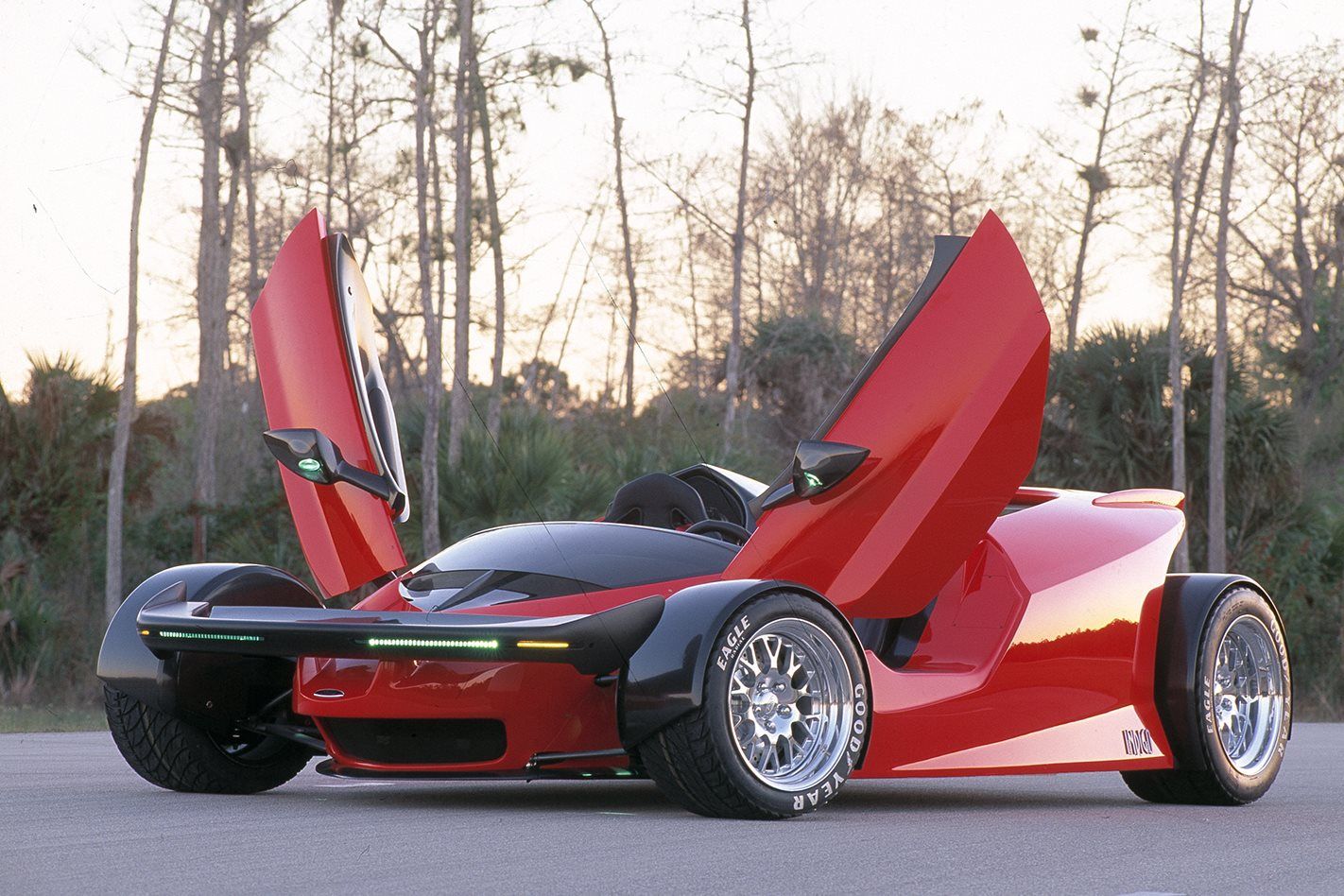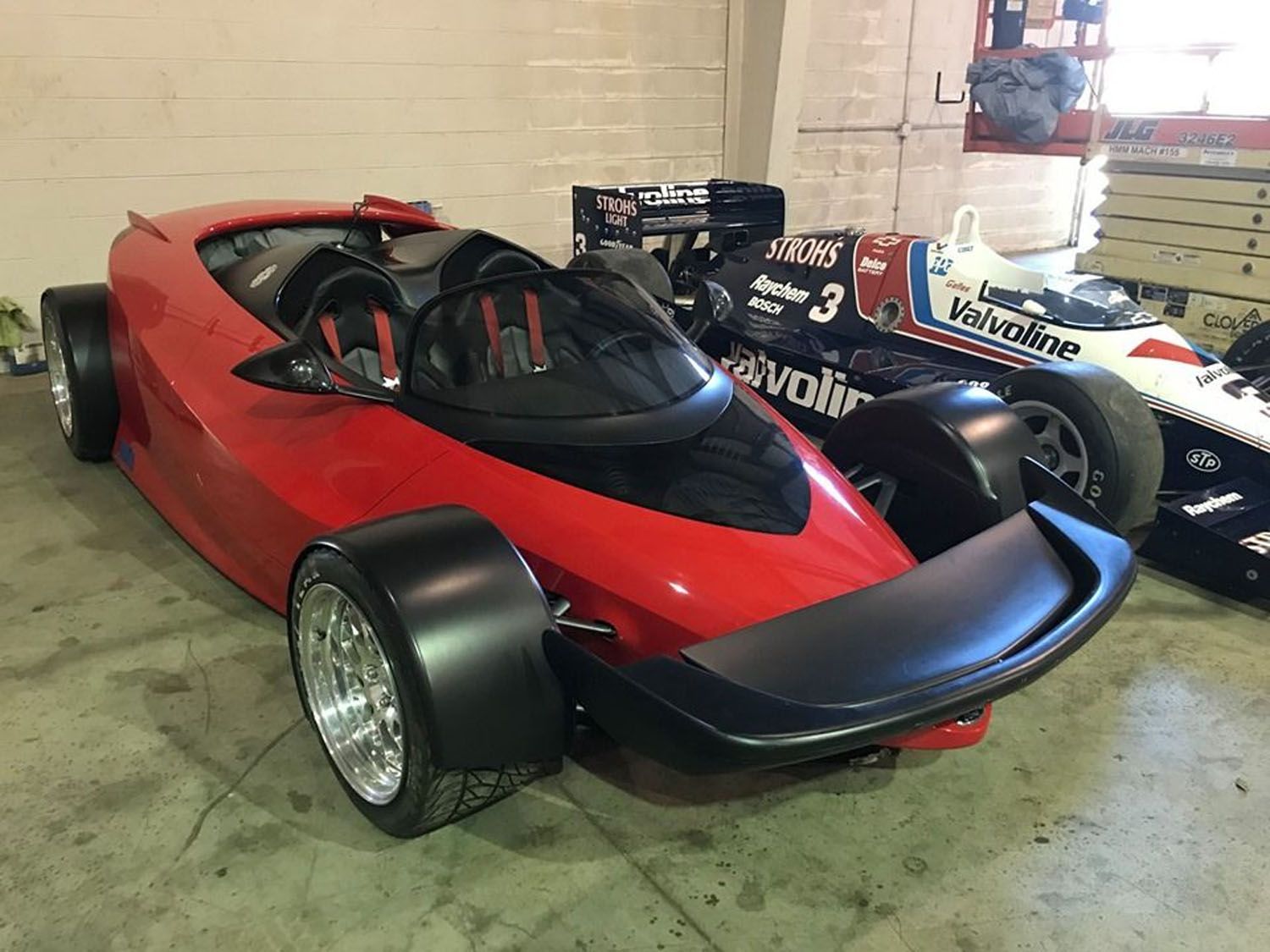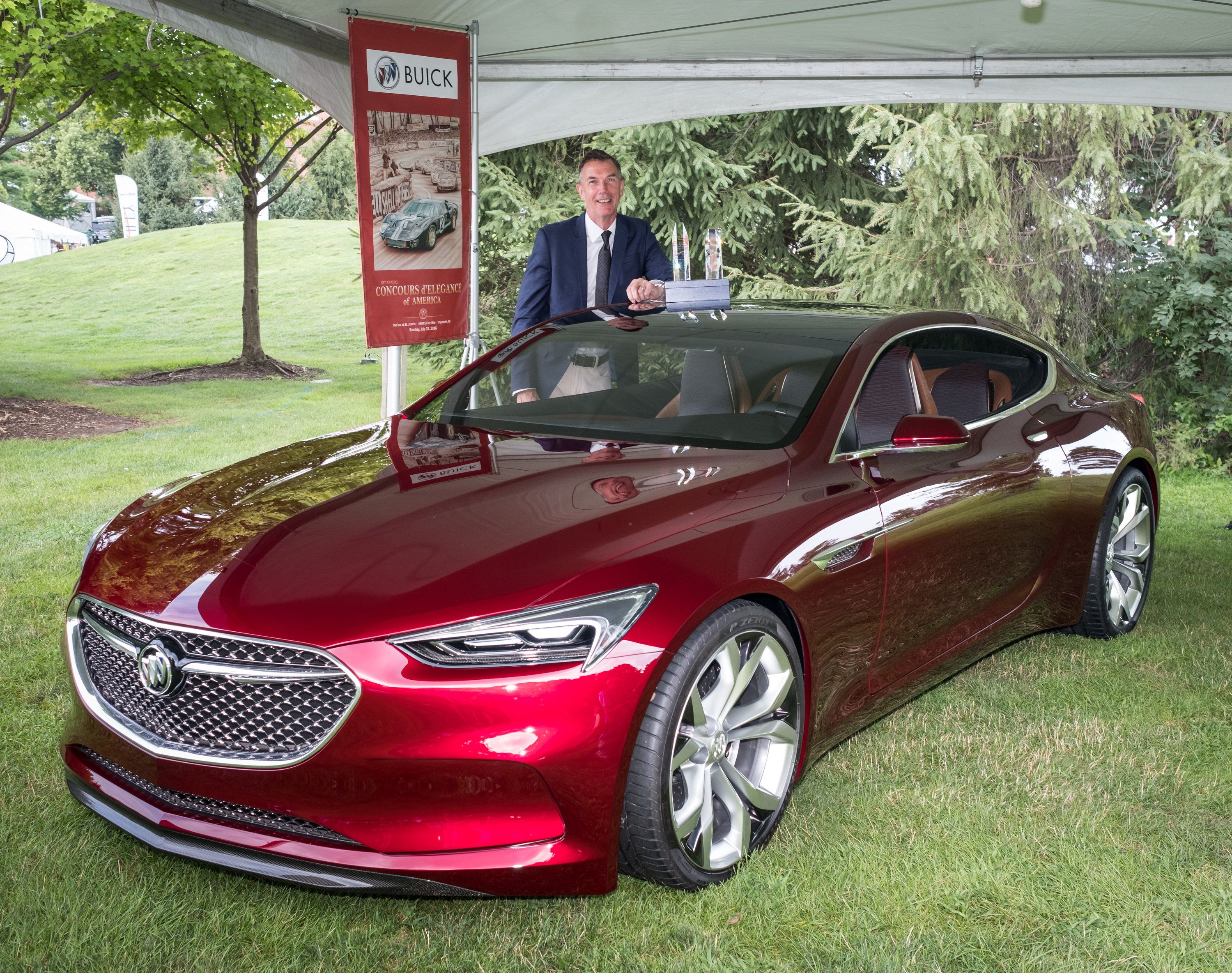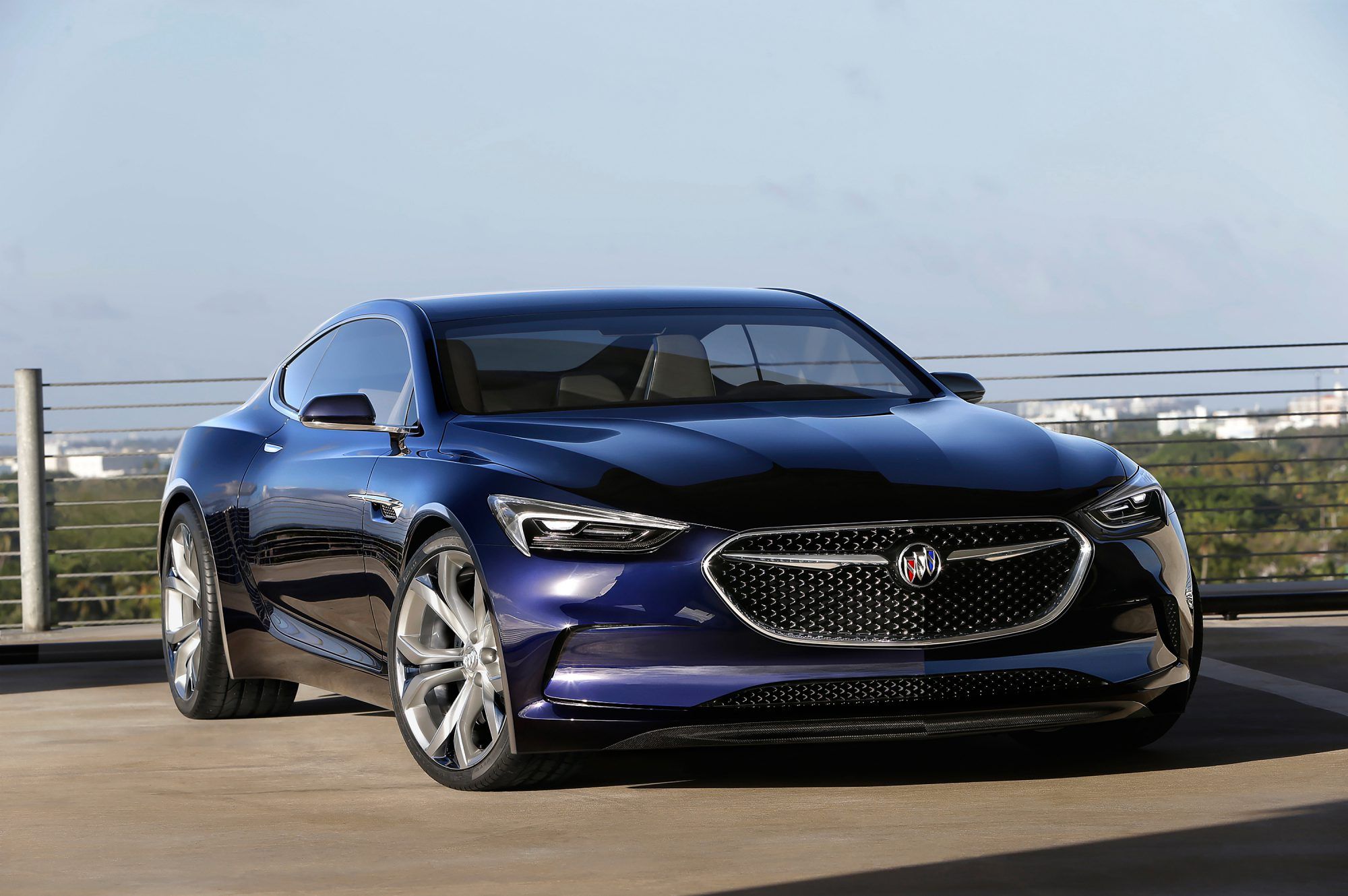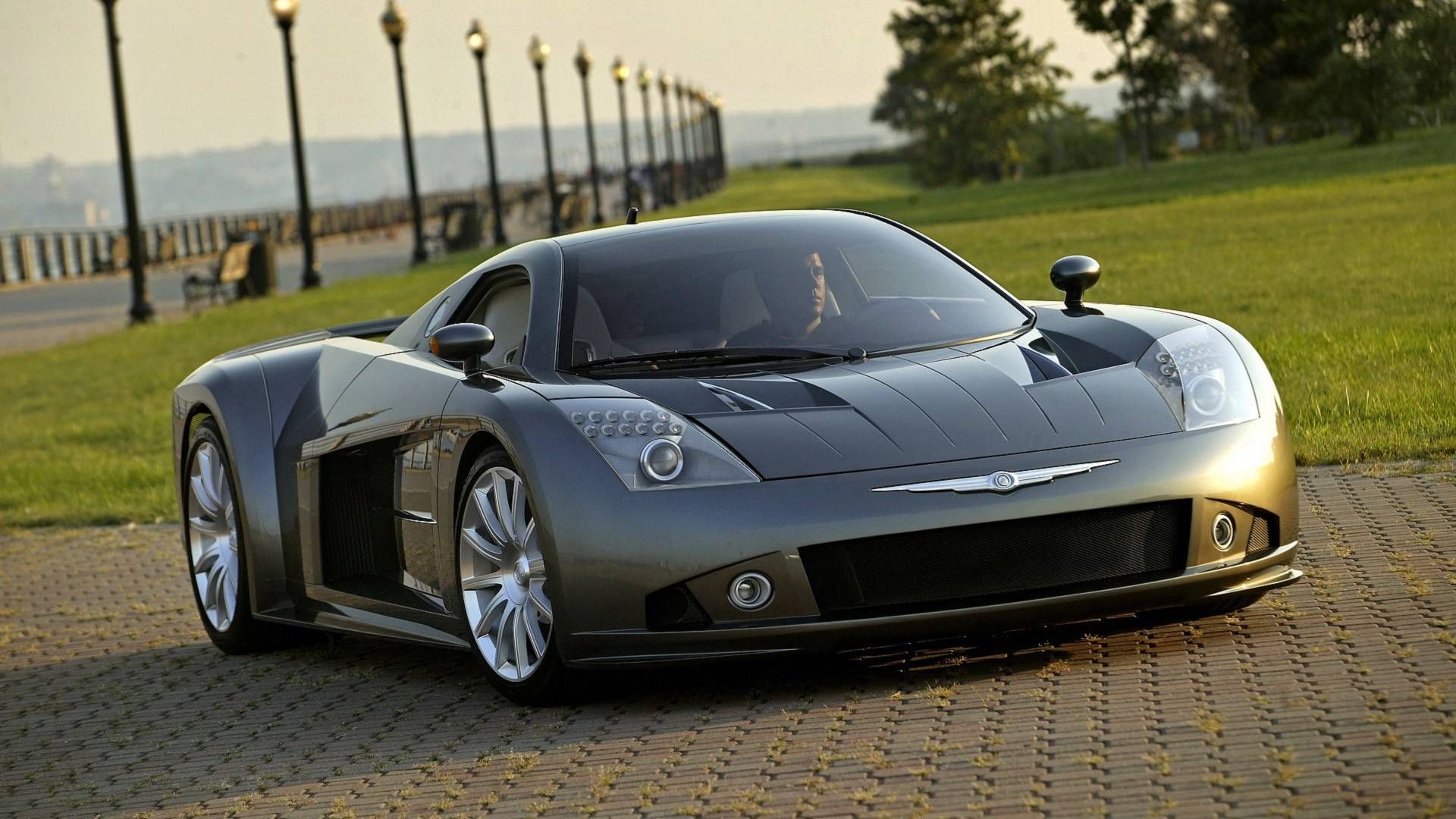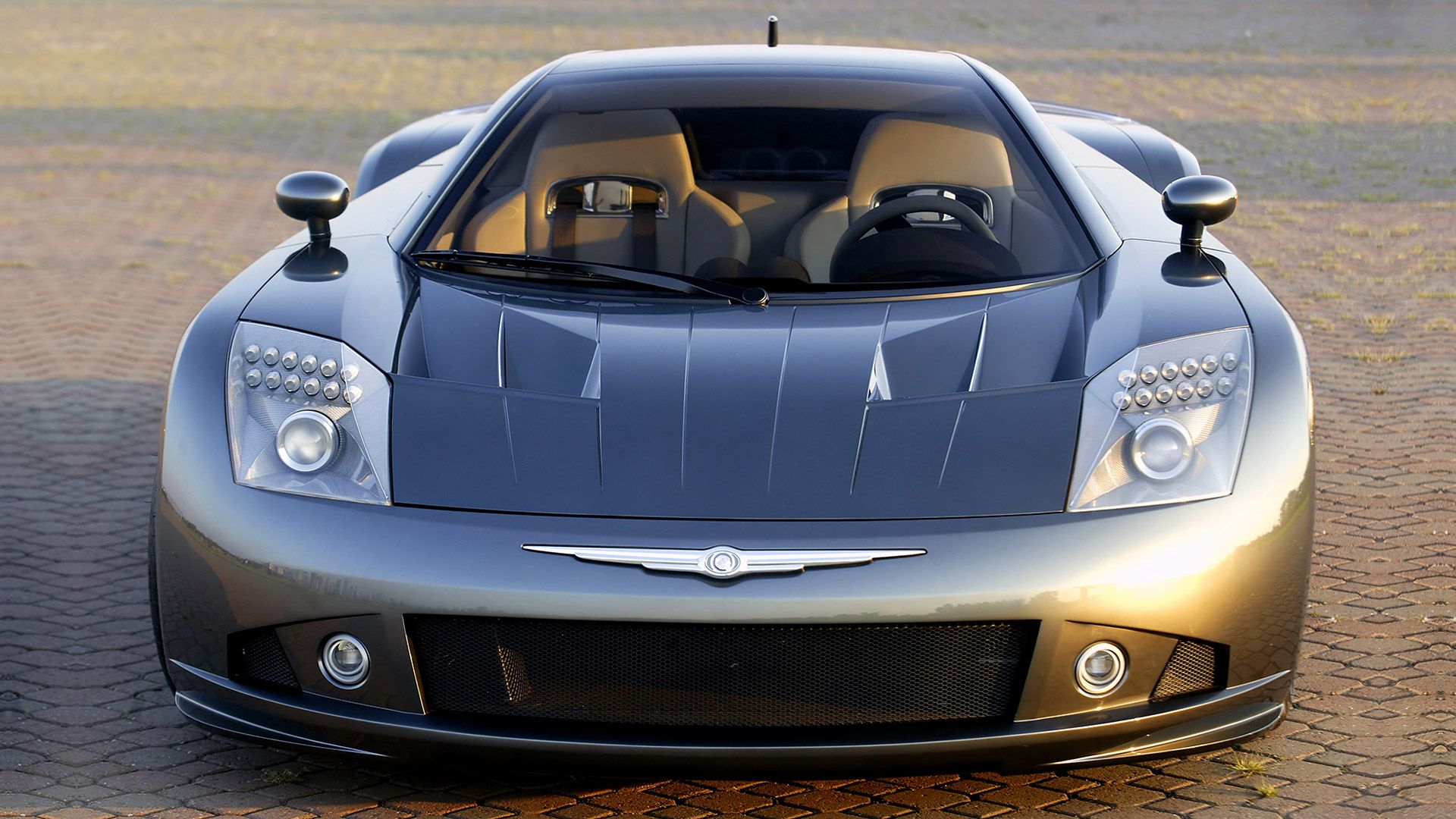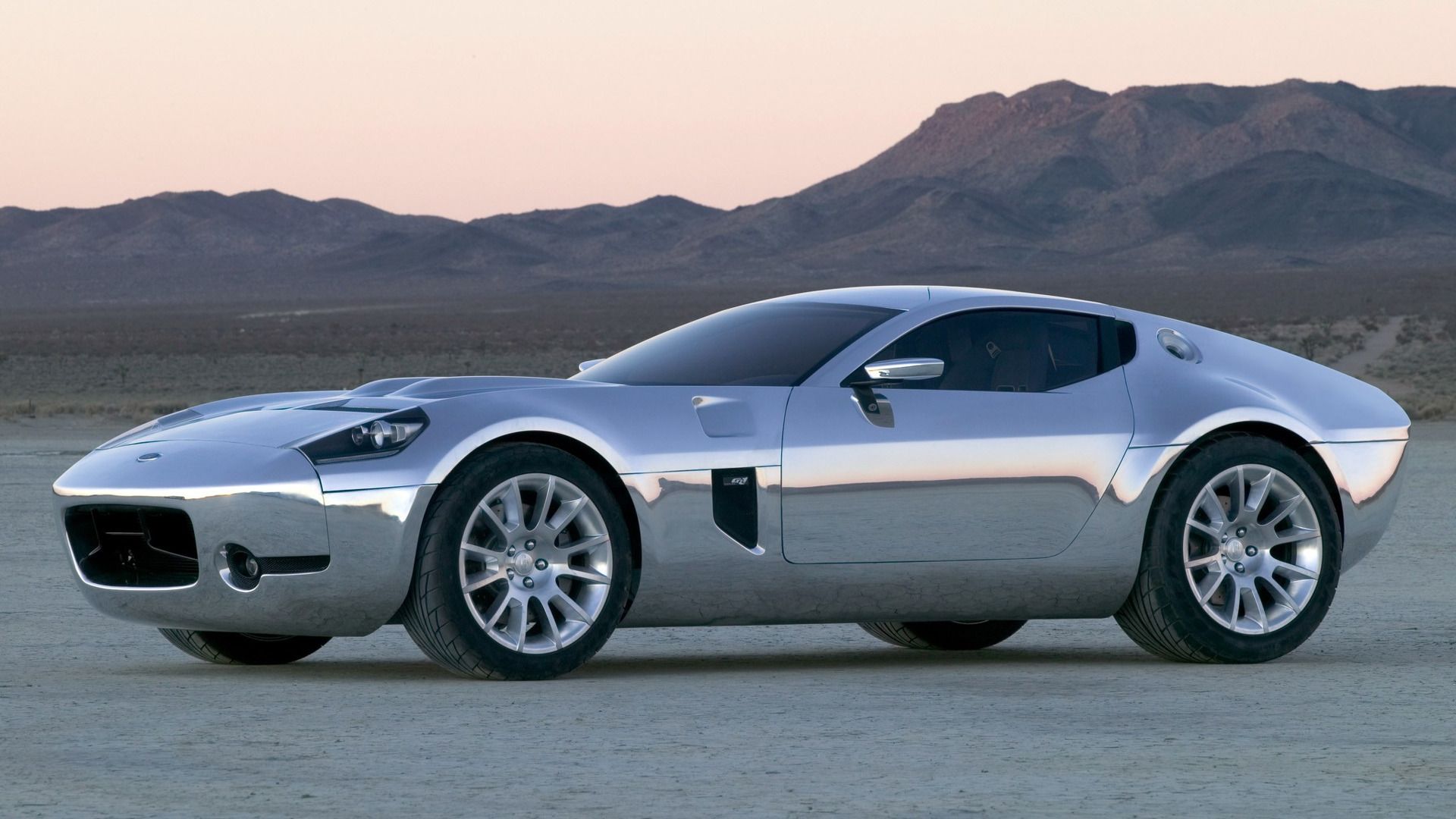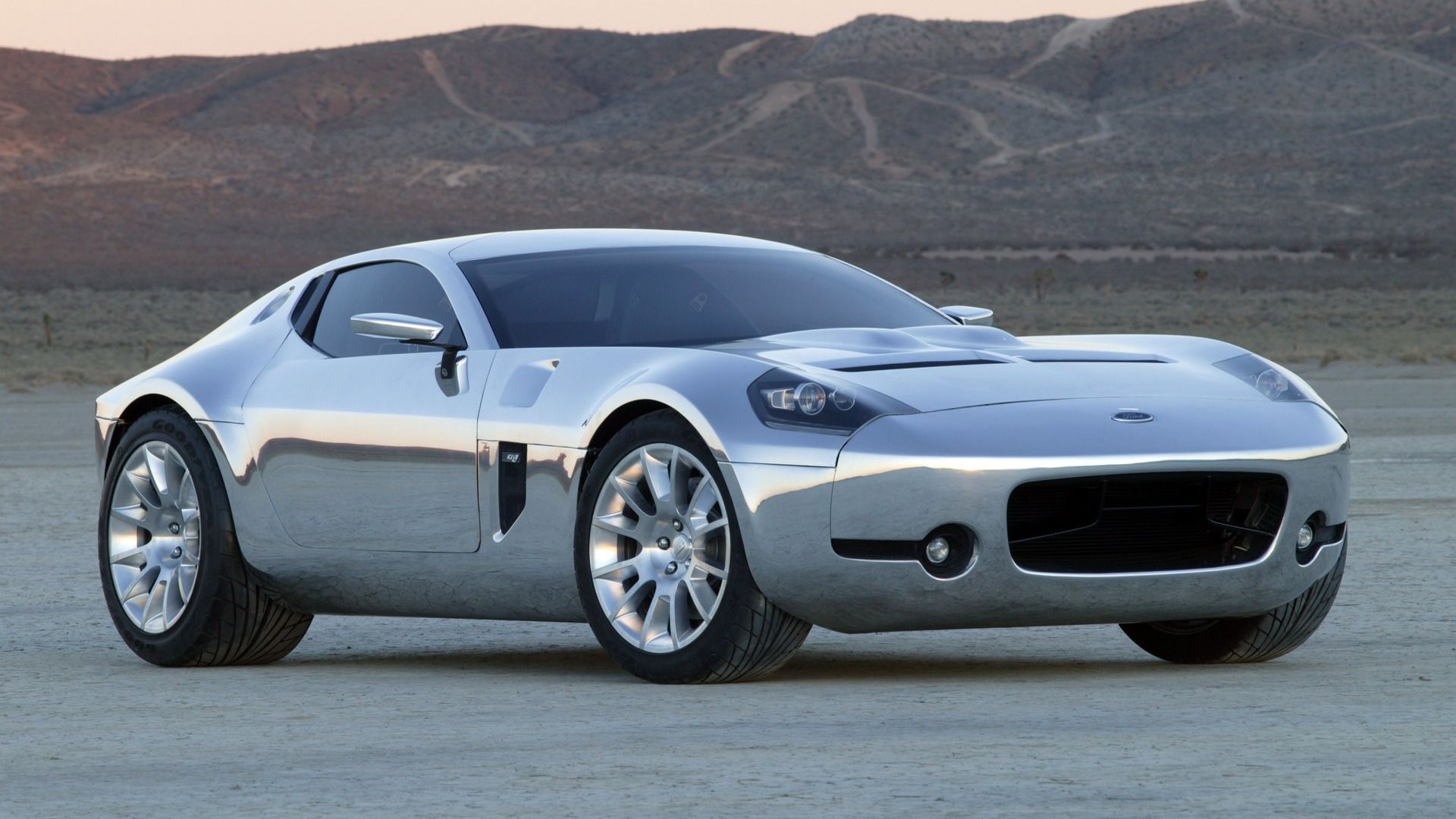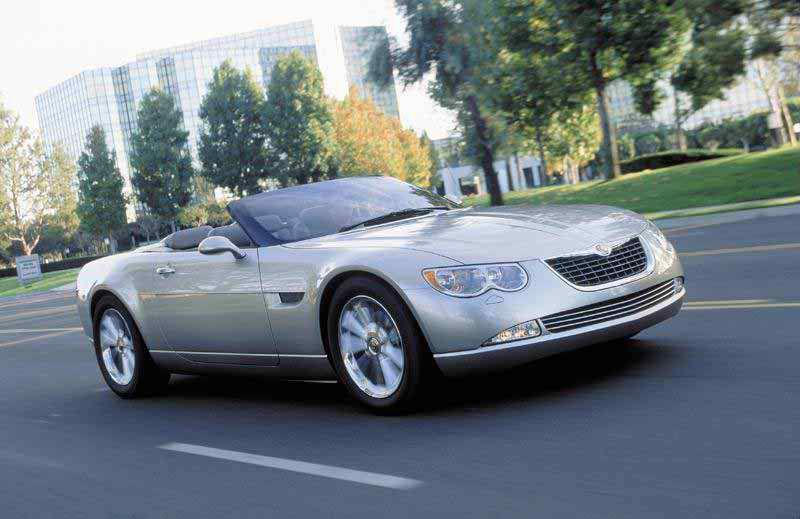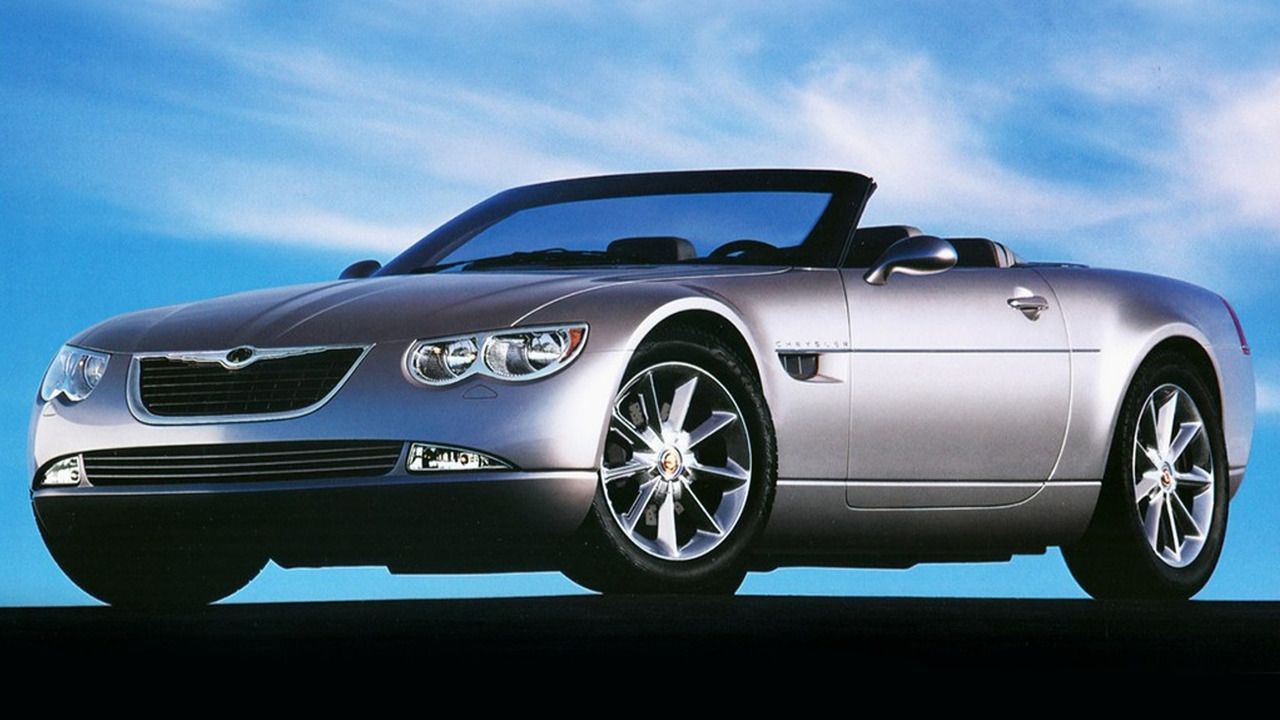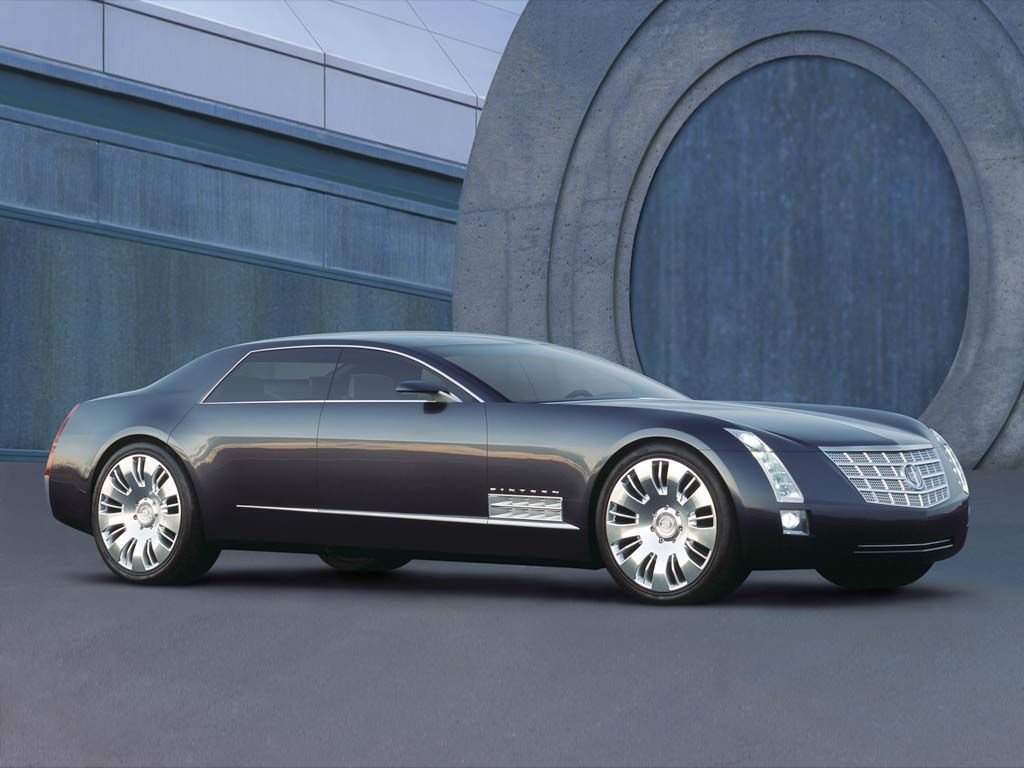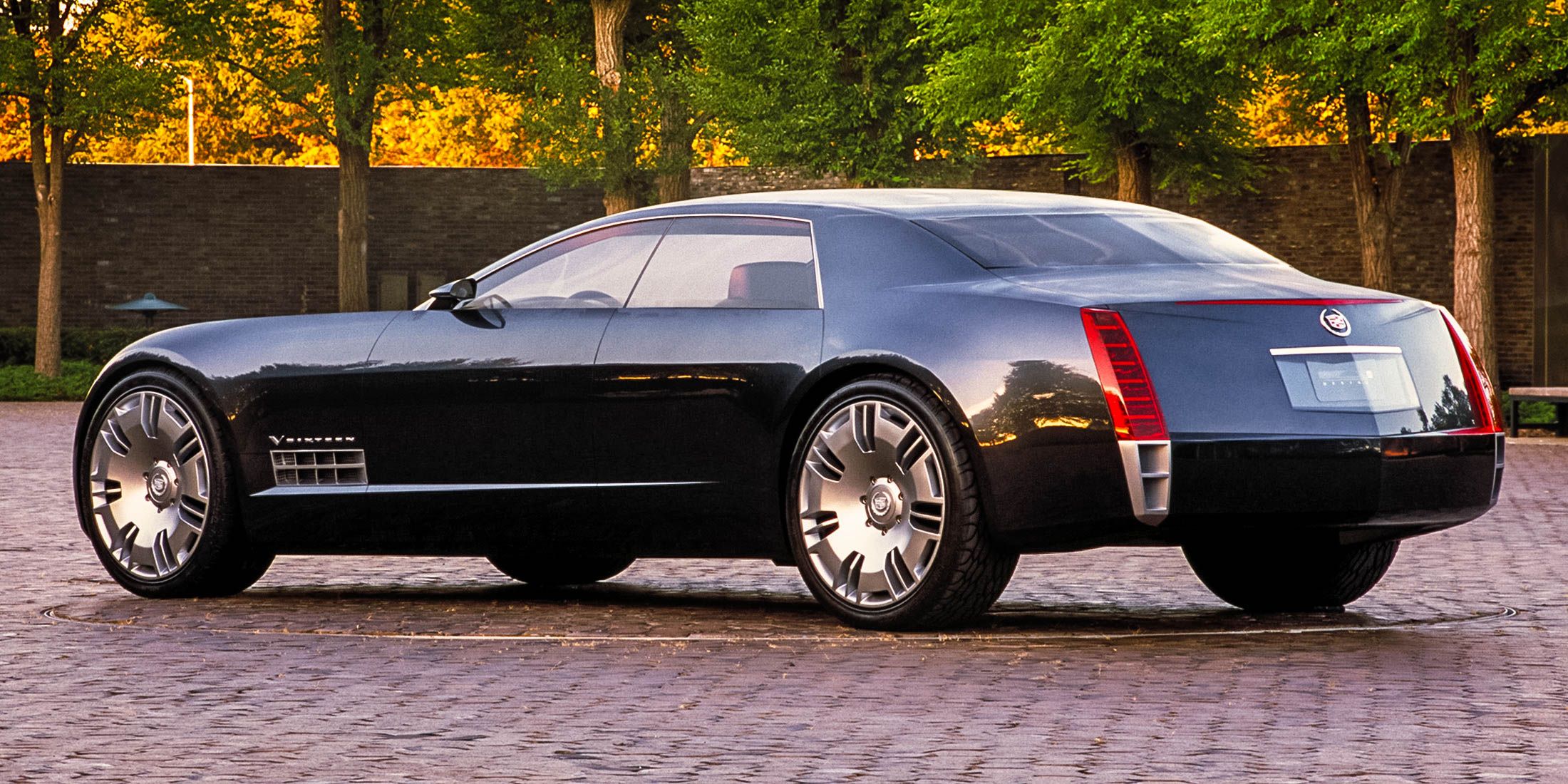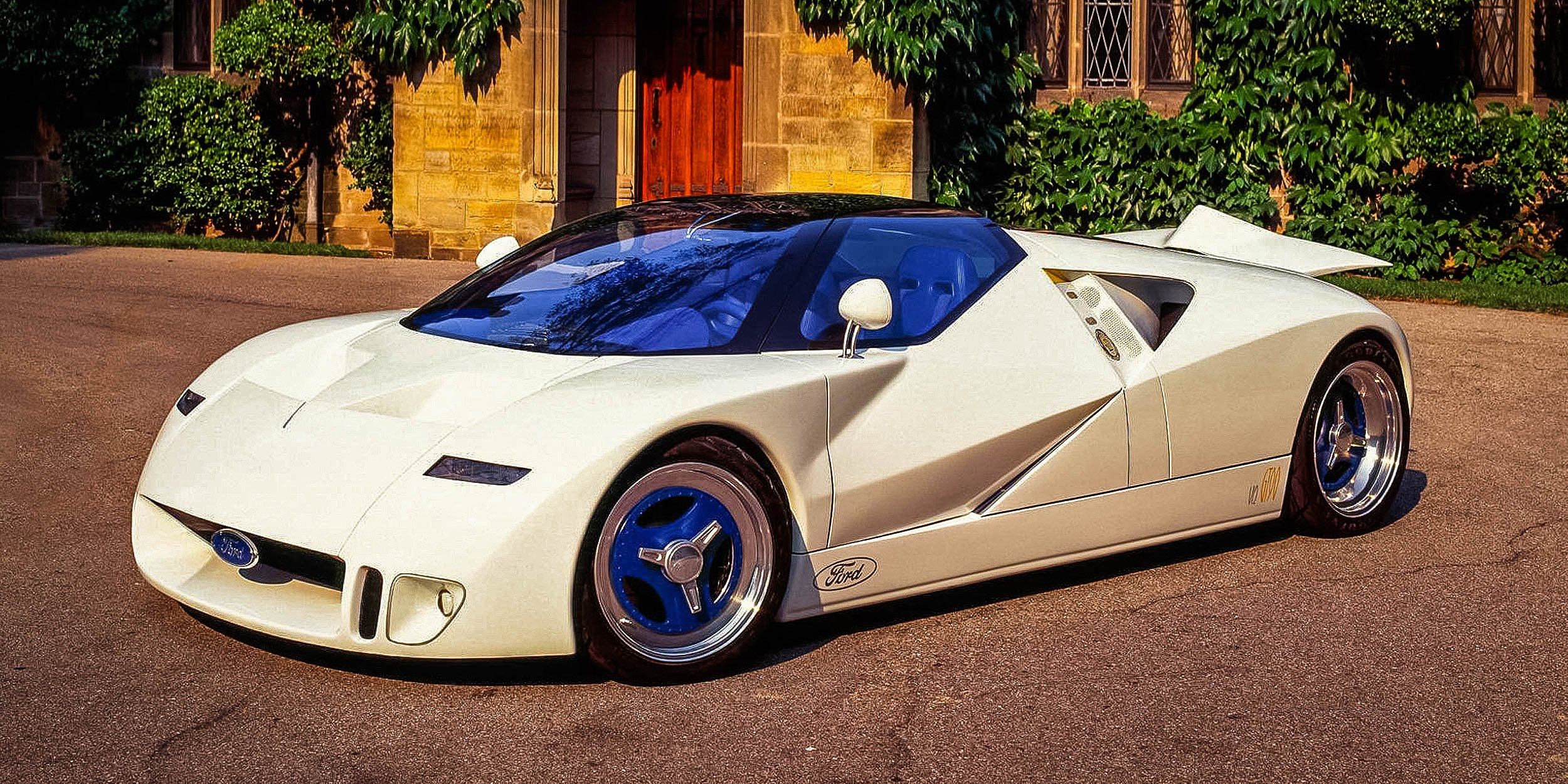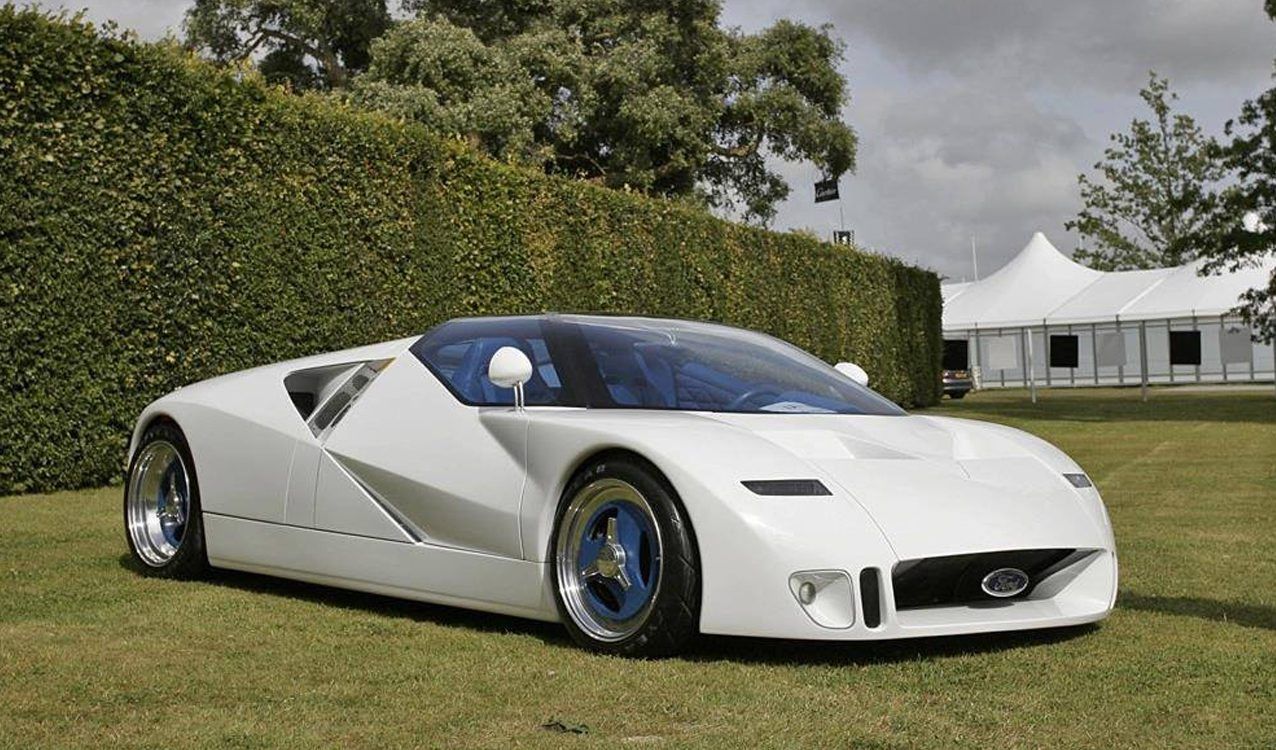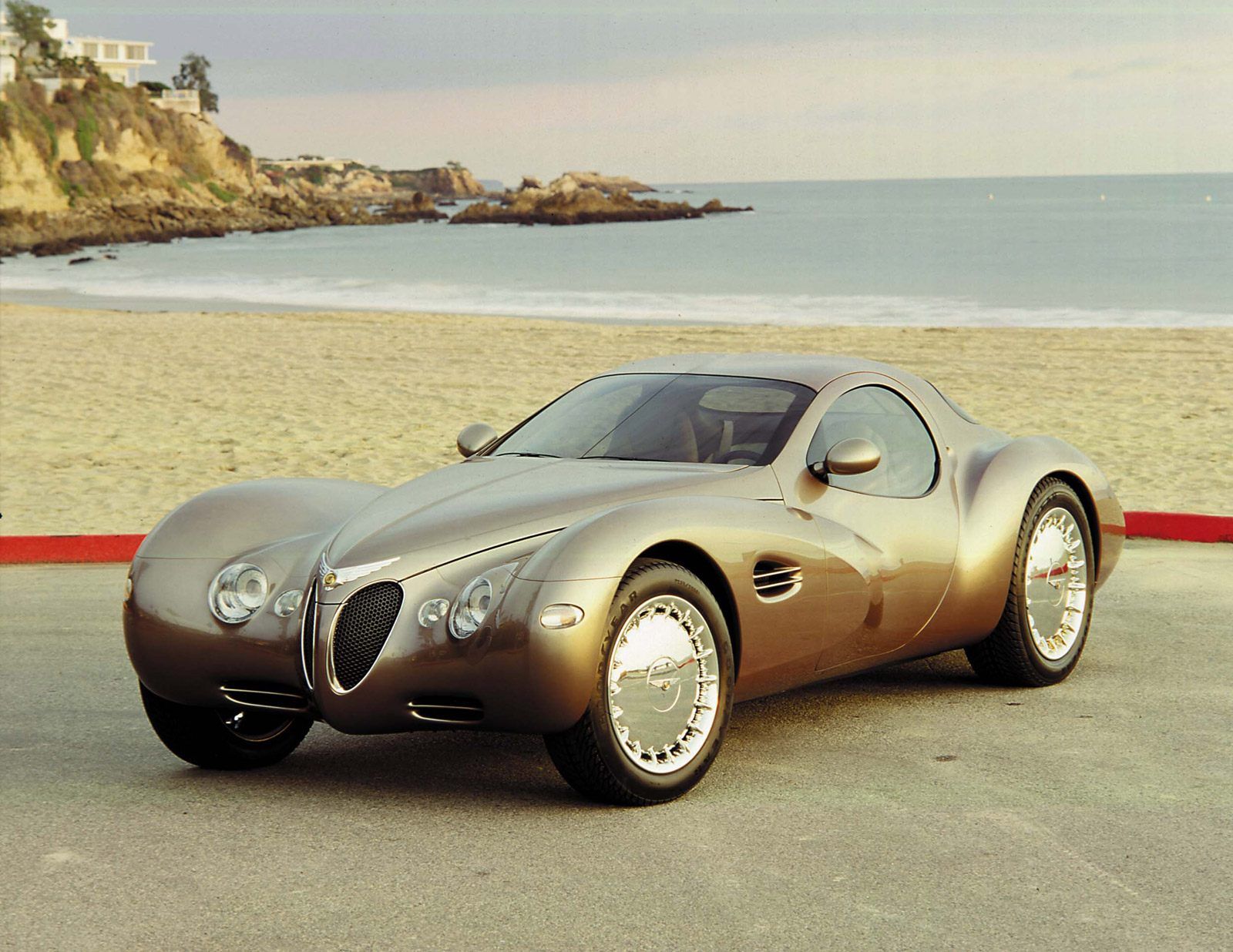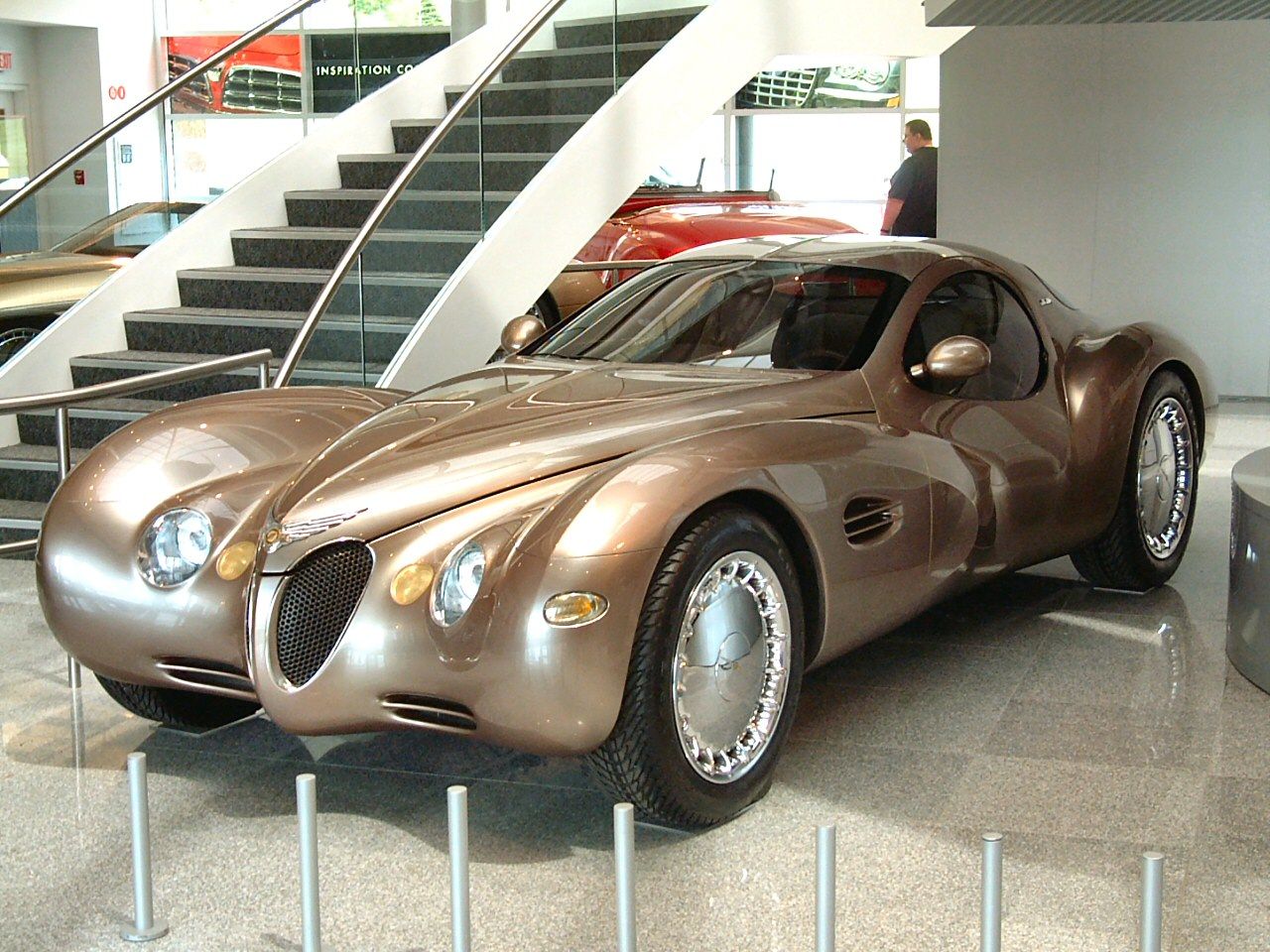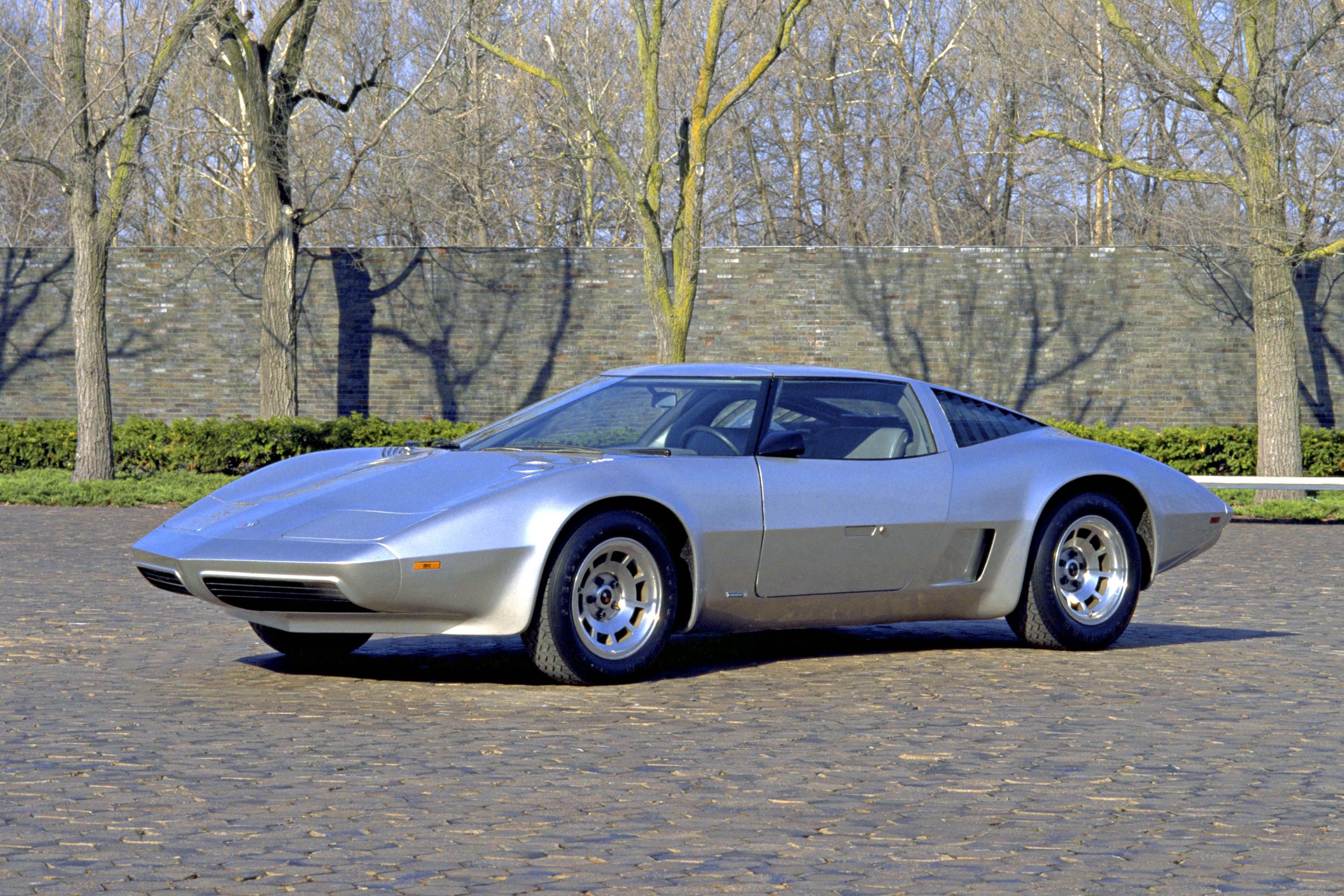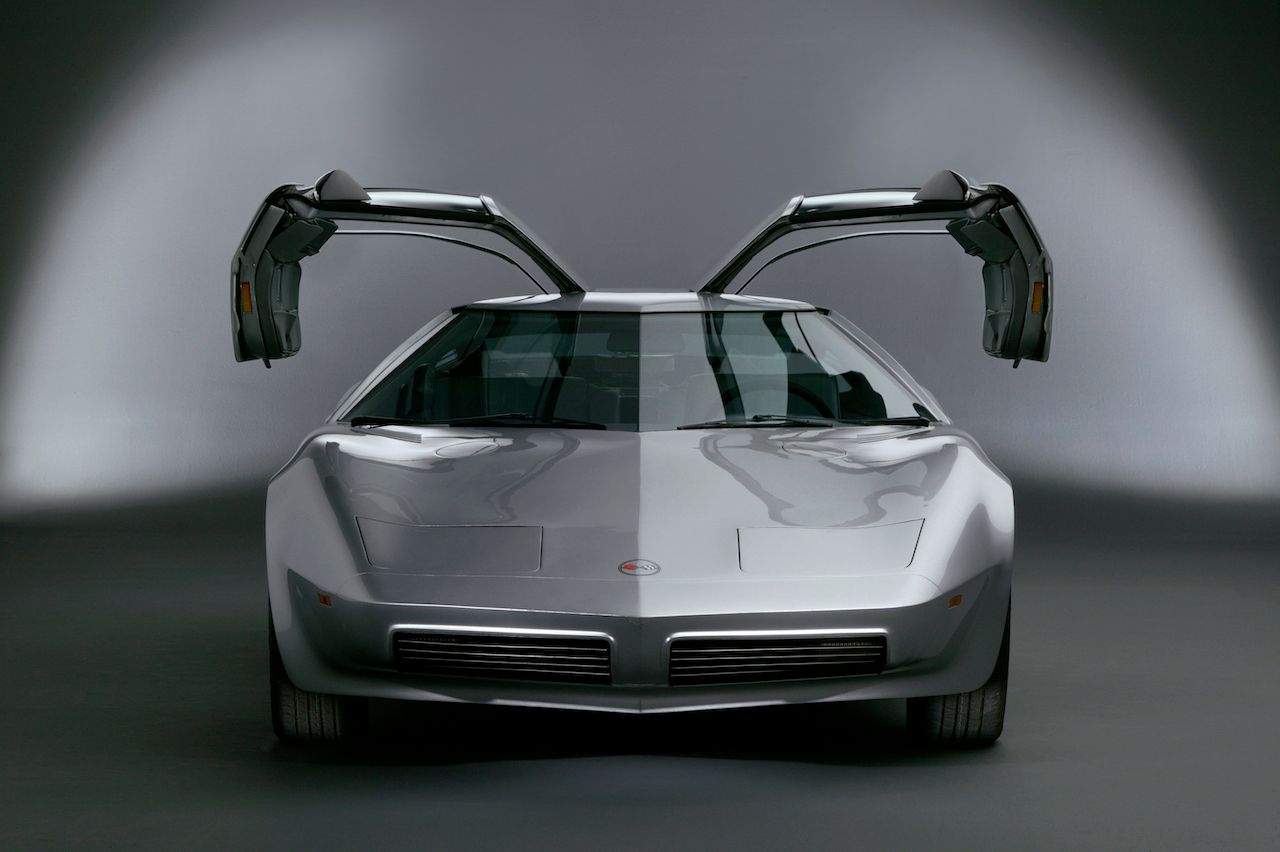Concept cars are typically what automakers use to give enthusiasts hints at what their future could look like. Some concept cars aim to break established boundaries and bring forth new technologies, while others pay homage to iconic classic vehicles of the past and show how a modern-day version could look like. Since concept cars don't need to cover all the tedious requirements that production cars have, designers can test their creativity limits.
As a result, concept cars are often the biggest head turners at automotive shows, thanks to their outrageous designs and technologies. Over the years, American automakers have introduced many exciting concepts. Unfortunately, for one reason or another, most of these marvels remained prototypes. The following are ten fantastic American concept cars that were never produced.
10 Dodge Copperhead
Unveiled in 1997 at the North American International Auto Show, the Copperhead was supposed to be a slimmed-down, less costly version of the legendary Dodge Viper. Many were impressed by its aerodynamic yet rugged styling, excellent handling, and the fact that it would cost less than half of the $70,000 Viper price tag.
The Copperhead's design was heavily based on the Viper but had many changes, including larger wheel fenders, a smaller front grille, a larger front bumper, side inlet pits, smaller hood louvers, slimmer Viper taillights, and headlights positioned below its hood. Powering the Copperhead was a 2.7-liter V6 with 220 horsepower and 188 pound-feet of torque.
9 Ford Indigo
The Ford Indigo is, to many enthusiasts, a KTM X-Bow on steroids. Ford built the Indigo concept to showcase its Indy car technology, aiming to attract younger buyers. The Indigo featured a carbon fiber monocoque and modified Indy-car suspension in a rear-wheel-drive, mid-engine layout.
Powering the Indigo was a 6.0-liter V12 producing 435 horsepower and 405 pound-feet of torque, enough to give the 2,300-lb car a 0-60 mph time of 4 seconds and a 180 mph as its top speed, making it one of the fastest cars in the concept car segment. Ford built only two Indigo prototypes, one of which was fully functional.
8 Buick Avista
In 2016, Buick made waves in the automotive industry when it announced the stunning Avista Concept. Designed by Ed Welburn, the Avista was a two-door hardtop coupe boasting a low-slung flowing pillarless design with a sloping fastback roofline. It was powered by a 3.0-liter twin-turbo V6 producing 400 horsepower, backed by an eight-speed automatic transmission. It also came with the cylinder deactivation feature to boost fuel efficiency.
Despite scooping the 2016 EyesOn Design award and being named the "Best Future Concept" by Detroit News, the Avista was never produced.
7 Chrysler ME Four-Twelve
With its 12-cylinder, mid-engine, and four turbochargers layout, the ME Four-Twelve looked set to become Chrysler's best creation ever. This concept had it all; a sleek design, a powerful engine, and a weight of just 2,888 pounds, thanks to the carbon fiber and aluminum body.
It came with a massive quad-turbocharged 6.0-liter Mercedes M120 V12, cranking out 850 horsepower and 738 pound-feet of torque. All this power was sent to the rear wheels through a seven-speed automatic transmission, allowing it to do 0-60 mph in a blistering 2.9 seconds and go on to hit a top speed of 248 mph. Had this car got to the production stage, it would have given the mighty Veyron a run for its money.
6 Ford Shelby GR-1
The Ford-Shelby partnership has resulted in some of the most iconic cars of all time. The GR-1 looked like it was going to be another one of them when it was announced in 2005. The GR-1 was designed to showcase what a modern-day Daytona Coupe would look like and had the same front-engine, rear-wheel-drive layout.
It was built on a modified Ford GT chassis and equipped with a 6.4-liter V10, cranking out 605 horsepower and 501 pound-feet of torque, giving it a top speed of 190 mph.
5 2000 Chrysler 300 HEMI C Concept
The Chrysler 300 is a well-known car in the US, having been in production since the 50s. Chrysler still uses the same Mercedes platform for the 300 but designs different body styles and features for each iteration. At the turn of the century, Chrysler almost produced the 300 HEMI C, a luxury soft-top convertible supposed to pay homage to the original 1950s Chrysler 300.
It was powered by a 5.7-liter HEMI V8 with an output of 353 hp and 353 pound-feet of torque sent to the rear wheels through a four-speed automatic transmission. It would have been able to reach 60 mph in 5.8 seconds.
4 2003 Cadillac Sixteen
Now and then, American automakers introduce concepts to show that they can also build ultra-luxurious cars that rival the very best from their European counterparts. The Cadillac Sixteen is an example of such concepts. The first noticeable thing about the Sixteen was its sheer size; it's 5,700 mm long, 2,000 mm wide, and weighs a whopping 5,005 pounds.
The sizeable car needed a matching engine, which is why Cadillac fitted it with a 13.6-liter naturally-aspirated V16 producing more than 1,000 horsepower and 1,000 pound-feet of torque. Interestingly, the Sixteen had a "displacement on-demand system" that could deactivate up to 12 of the 16 cylinders to reduce fuel consumption.
3 Ford GT90
Every automotive enthusiast agrees that the 1960s Ford GT40 is one of the most iconic cars of all time, which is why Ford struggled to build a worthy successor for a long time. One concept car that came close was the GT90. Announced in 1995, the Ford GT90 concept was built on a Jaguar XJ220 chassis but had a V12 instead of a V8.
The 5.9-liter unit was equipped with two turbochargers, resulting in an output of 720 hp and 660 pound-feet of torque. With its 5-speed manual gearbox and rear-wheel-drive system, the GT90 could hit 62 mph in 3.1 seconds and proceed to hit a 253-mph top speed.
2 Chrysler Atlantic
First shown in 1995, the Chrysler Atlantic was a retro concept car inspired by the Bugatti Atlantique and designed by Bob Hubbach. The Atlantic had various similarities to the opulent vehicles of the 30s, such as the curved boot, the shape of the side windows, and Art Deco-style gauges in the interior.
At the heart of the Atlantic was a 4.0-liter straight-eight engine constructed from two Neon engines mounted together, resulting in a power output of 360 horsepower. While the Atlantic Concept was absolutely gorgeous and instantly popular, it was just too expensive to produce, which is why Chrysler never did.
1 1970 Chevrolet Aerovette
The mid-engine Corvette C8 is now a mechanical marvel. However, not many know that it owes its entire existence to the Chevrolet Aerovette concept from the early 70s. The Aerovette concept was supposed to be the first mid-engine sports car by Chevrolet and featured a four-rotor engine with up to 420 horsepower.
After years of development, the final version of the Aerovette had a 6.6-liter V8 and a weight of just 2,600 pounds thanks to extensive use of aluminum. Unfortunately, the demand for mid-engine sports cars was low in the US at the time, forcing Chevrolet to abandon the project.

